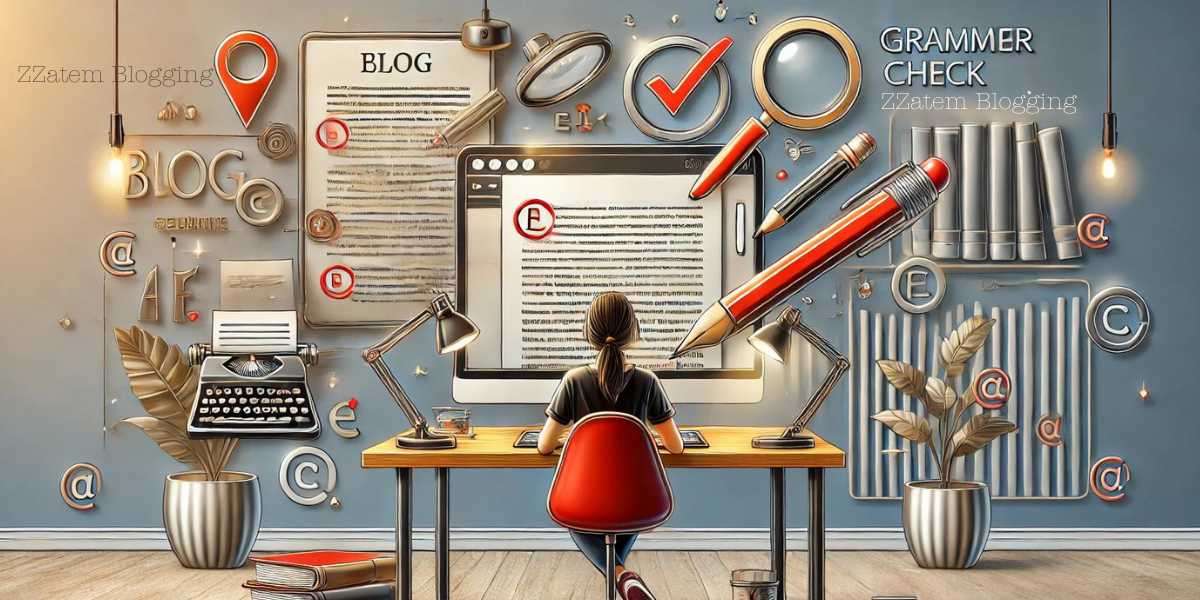Introduction
Fashion is no longer limited to fabric — it lives in pixels, filters, and augmented environments. In 2025, we’re seeing an extraordinary fusion: embroidery digitizing and AR (augmented reality) fashion. From TikTok filters to holographic runway shows, embroidery isn't just stitched on clothes — it's now digitally woven into virtual experiences.
But what role does embroidery digitizing play in this revolution? More than you think.
This article explores how embroidery digitizing is quietly becoming the foundation of AR-integrated fashion, helping designers, brands, and tech innovators bring tactile textures into virtual spaces and vice versa.
What is Embroidery Digitizing?
At its core, embroidery digitizing is the process of converting a design — typically a raster or vector image — into a machine-readable embroidery file format such as .DST, .PES, .EXP, etc.
These files instruct an embroidery machine on how to recreate the artwork using stitches. The file determines:
Stitch type (satin, fill, run)
Stitch direction
Thread colors
Density
Underlay and trim settings
It turns a visual design into a blueprint for physical execution — and now, in 2025, a virtual experience too.
The AR Fashion Revolution: What’s Happening?
Augmented Reality (AR) fashion lets users overlay digital clothing and accessories onto their bodies in real-time using mobile apps, smart mirrors, or AR glasses. Big platforms like Snapchat, Instagram, and Zepeto already offer this tech.
But here’s the twist: real-world embroidery patterns are now being digitized and ported into virtual fashion assets.
This allows:
AR t-shirts with simulated embroidered textures
Digital patches on virtual jackets
Real-time customization via AI+AR apps
Hybrid fashion shows blending stitched and projected clothing
The Connection Between Embroidery Digitizing and AR Fashion
So where does embroidery digitizing fit in?
High-Fidelity Design Replication
Digitized embroidery designs are vector-accurate and structured — making them perfect for 3D modeling and AR asset creation.Texture Mapping for Virtual Garments
Stitch patterns and density maps help developers simulate realistic textures in 3D garments used in AR try-ons.Customizable Digital Fashion
Just like real embroidery, AR designs can now be customized with names, icons, and logos — powered by instant embroidery digitizing software.Cross-Platform Consistency
Brands using embroidery digitizing services for real products can reuse the same stitch data in digital platforms — keeping branding consistent online and offline.
Real-World Use Cases in 2025
| Industry | AR Fashion Use Case |
|---|---|
| Streetwear | Limited-edition drops with virtual embroidery patches |
| Luxury Fashion | AR try-on of custom monogrammed items |
| Sportswear | Fans wear embroidered digital jerseys during AR games |
| Gaming | Characters wear embroidery-inspired digital skins |
| E-commerce | Preview embroidered details before purchasing |
Key Benefits of Merging Embroidery Digitizing with AR
Visual Consistency
Use one digitized design for physical stitching and digital renderings.
Customization at Scale
Customers can personalize embroidered designs in AR before ordering.
Sustainable Prototyping
Test and iterate embroidery styles virtually — zero waste.
Immersive Branding
Brands use virtual embroidery logos in AR ads, reels, and filters.
Global Reach
Sell embroidered fashion globally without shipping — via digital wearables.
AI + Embroidery Digitizing = Real-Time Virtual Customization
Today’s leading embroidery digitizing platforms have AI built in. Here’s how it works:
AI reads a design (even hand-drawn or low-res)
Suggests optimal stitch types
Converts to multi-format (for physical and digital machines)
Outputs for both real embroidery and 3D engines (Unity, Unreal Engine)
Apps like DRESSX, The Fabricant, and Snap AR are already integrating AI embroidery simulations for enhanced realism.
The Future of Embroidery Digitizing in Fashion Tech
Let’s look at what’s coming:
1. Virtual Try-On with Stitch Accuracy
Imagine previewing an embroidered denim jacket in AR, and the simulated thread shine, depth, and density match exactly what the physical product will look like.
2. NFT Embroidery
Brands will mint NFT versions of embroidered pieces with digital ownership built in.
3. Real-Time Custom Filters
Users will use Instagram or TikTok to create AR filters that show their name in custom embroidery on virtual merch.
4. Metaverse Integration
In worlds like Horizon or Roblox, your avatar will wear clothing with embroidery that was first digitized by a real designer.
5. Voice-to-Stitch Tech
Say "Add ‘Sarah 2025’ in cursive on the left sleeve" — AI + digitizing software converts your voice command to both AR and machine format.
Tools Enabling This Revolution
Here are the top tools blending embroidery digitizing with AR and virtual fashion:
Wilcom Workspace Hatch – for physical digitizing
Adobe Substance 3D – for stitch texture simulation
Snap Lens Studio – to create custom embroidery filters
Unity + Embroidery Shader Packs – to add digitized stitching into real-time 3D environments
Digitizer plugins for CLO3D and Marvelous Designer – to integrate .DST stitching with 3D clothing
Case Study: A Fashion Tech Startup Going Global
Brand: StitchXR (a fictional 2025 fashion tech startup)
Goal: Launch a line of embroidered AR hoodies for the metaverse + real life
Process:
Used AI to digitize embroidery designs
Deployed those designs on physical cotton hoodies and in a Snap filter
Result: Over 50K AR try-ons in 72 hours, and 3.8x conversion rate for the physical version
Challenges to Watch
| Challenge | Solution |
|---|---|
| File Compatibility | Use hybrid format generators (.DST + .PNG + .GLB) |
| Realism in AR Stitching | Combine vector stitch maps with bump maps |
| Customization Lag | Use AI caching for repeated names/logos |
| Cost of 3D Asset Dev | Use digitizing services that offer digital preview exports |
Final Thoughts
In 2025, embroidery digitizing is no longer just about stitching logos on polo shirts. It’s now powering the next wave of AR-enabled fashion, helping brands bring custom texture, style, and personal identity into both physical and virtual wardrobes.
If you're a designer, entrepreneur, or brand manager, the time to bridge digitized embroidery and virtual experiences is now.
With the right tools and digitizing partners, you can future-proof your business — stitch by digital stitch.







